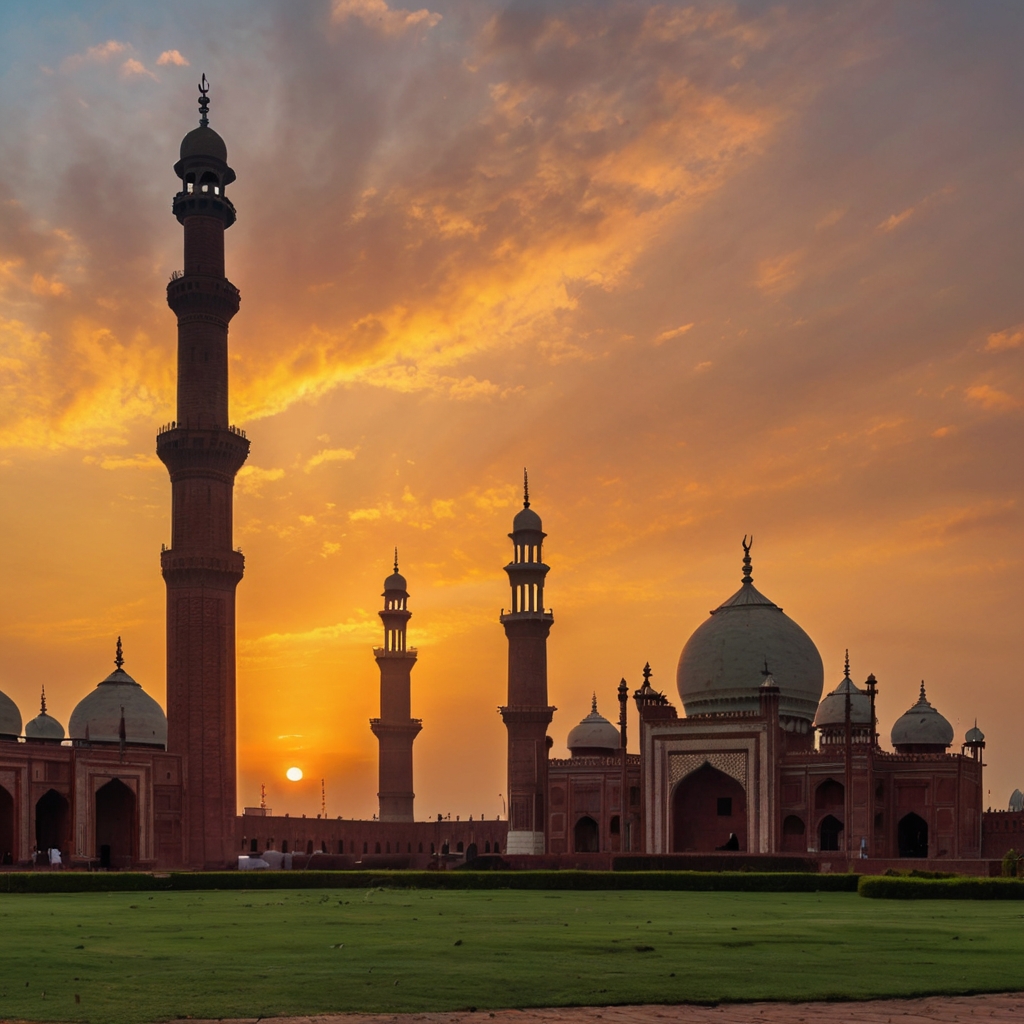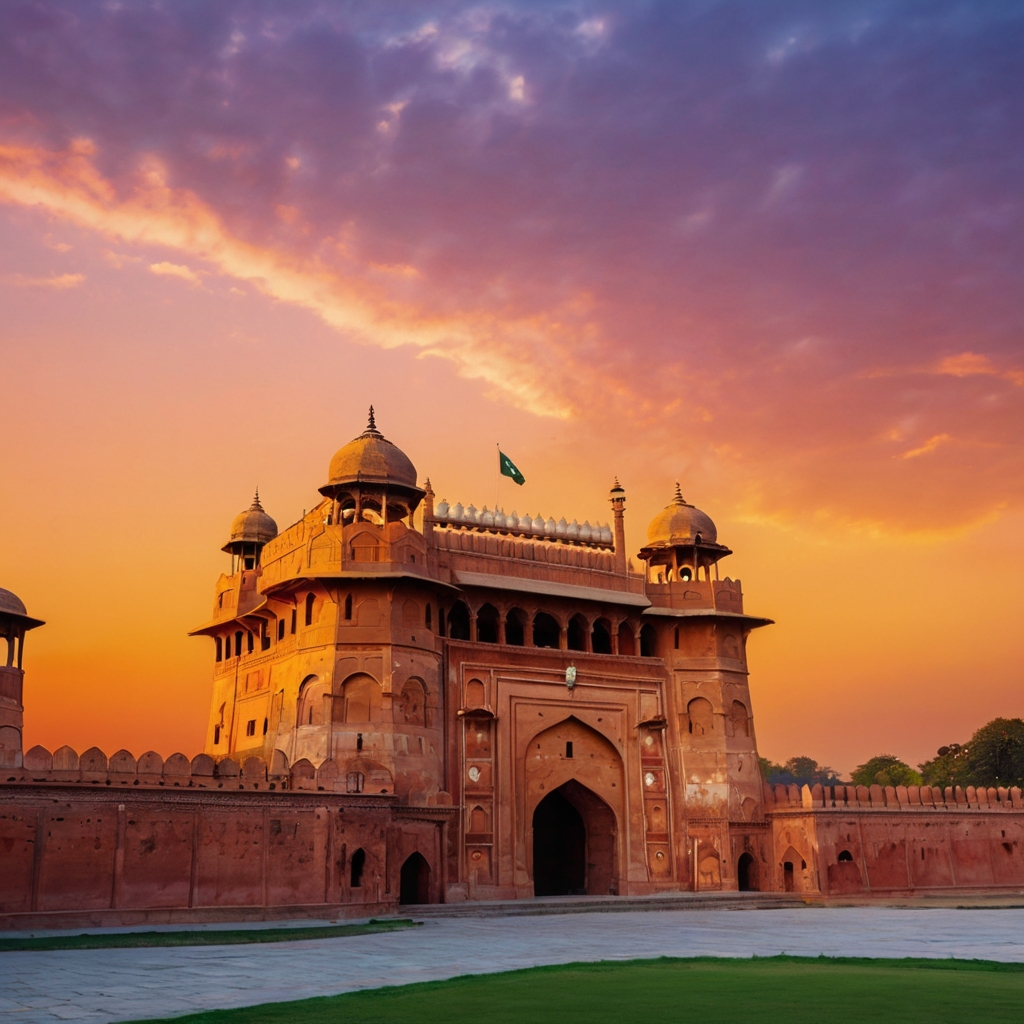A Brief History of Karachi: From Ancient Port to Modern Metropolis
The vibrant city of Karachi in Pakistan has a long and varied history that dates back thousands of years. Karachi has experienced the rise and fall of civilizations, the ebb and flow of trade, and the mingling of cultures from its humble beginnings as a fishing town to its current standing as one of the largest cities in the world. Let's explore Karachi's rich past and learn about the amazing adventure that has moulded this dynamic metropolis. Early Settlements And Ancient Origins In the distant past, when the area was inhabited by many indigenous communities, Karachi's history can be traced. Early civilizations were present, as evidenced by the discovery of human sites going back to 3000 BCE during archaeological digs. Due to its advantageous location alongside the Arabian Sea, the region was a prime place for marine trade and business. Buddhist And Hindu Influences The current Karachi region was influenced by a number of empires and dynasties during the ancient and mediaeval eras. In the first century CE, Buddhism was introduced there when it was still governed by Hindu monarchs. Significant archaeological relics that shed light on the city's early religious and cultural legacy were left behind when Buddhist stupas and monasteries were built. Islamic And Arab Influences The Arab conquistadors first reached Sindh's coastline in the eighth century CE, including the region that is now Karachi. Islam started to spread in the area while the Umayyad and Abbasid Caliphates ruled the area. The city's theological and cultural fabric was influenced by Arab intellectuals and commerce. As a result of facilitating commercial lines between the Middle East, Africa, and the Indian subcontinent, Karachi developed into a significant port on the Arabian Sea. British Rule And Colonial Period Significant changes to Karachi's history occurred in the 16th century with the entry of European powers into the Indian subcontinent. The strategic location of the area attracted the attention of the Portuguese, Dutch, and British. The British East India Company took control of Karachi in the middle of the 19th century after realizing its potential as a significant trading center. Under British authority, Karachi transformed into a prosperous port city with railway connections, infrastructure improvements, and a diversified population made up of native Sindhis, immigrants, and groups from around the British Empire. Pakistan's Foundation And Karachi's Ascent Pakistan was established as a distinct country for Muslims as a result of the partition of India in 1947. As Pakistan's capital at the time, Karachi was crucial to the development of the nation. The city rose to prominence as a hub for political, commercial, and cultural activities. The construction of governmental structures, educational facilities, and contemporary infrastructure marked its quick expansion. In quest of opportunity, individuals from all across Pakistan came to Karachi as it developed into a cosmopolitan city. Karachi Today: A Modern Metropolis The expansion and change in Karachi over the years have been exponential. It has grown into a vast metropolis with a multiethnic population, active marketplaces, tall skyscrapers, and a thriving arts scene. The banking, industrial, commerce, and services sectors, among others, are key drivers of Karachi's economy. Its busiest port, which facilitates international trade and links Pakistan to the global economy, is located there. Karachi has had several difficulties despite its tremendous expansion, including a population influx, strained infrastructure, and social problems. To suit the demands of both its citizens and visitors, the city, however, continues to adapt and change. Keeping The Historical Heritage Alive The rich historical legacy of Karachi is something in which it takes great pride, and efforts are being made to preserve and promote its cultural landmarks. Numerous historic structures have been restored and repurposed into museums, art galleries, and cultural hubs, including Mohatta Palace, Frere Hall, and Quaid-e-Azam House. By providing a window into Karachi's history, these locations enable tourists to admire the city's architecture and comprehend its historical significance. The history of Karachi is a tapestry made of threads from several old civilizations, different influences, and rapid changes. Karachi is a symbol of the tenacity and vitality of human civilization because of its humble beginnings as a fishing village and its current stature as a busy metropolis







